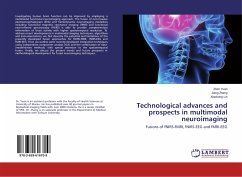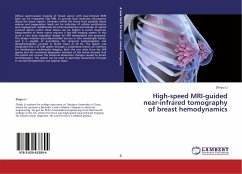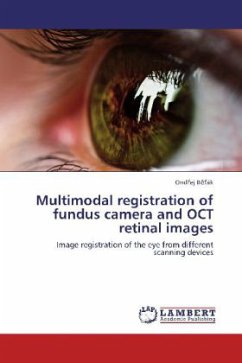Investigating human brain function can be improved by employing a multimodal functional neuroimaging approach. The fusion of non-invasive electroencephalogram (EEG) and hemodynamic neuroimaging modalities including functional magnetic resonance imaging (fMRI) and functional near-infrared spectroscopy (fNIRS) is able to provide complementary information of brain activity with higher spatiotemporal resolution. To address recent developments in multimodal imaging techniques, algorithms and instrumentations, we first describe the potential and limitations of the presently developed fusion approaches for fNIRS-fMRI, fNIRS-EEG and fMRI-EEG. Then we outline some recently developed integration techniques using independent component analysis (ICA) and the combination of data-/model-driven methods, with special attention to the spatiotemporal fusion. Finally, we discuss the present trends and future prospects in methodological development for fused neuroimaging techniques.








